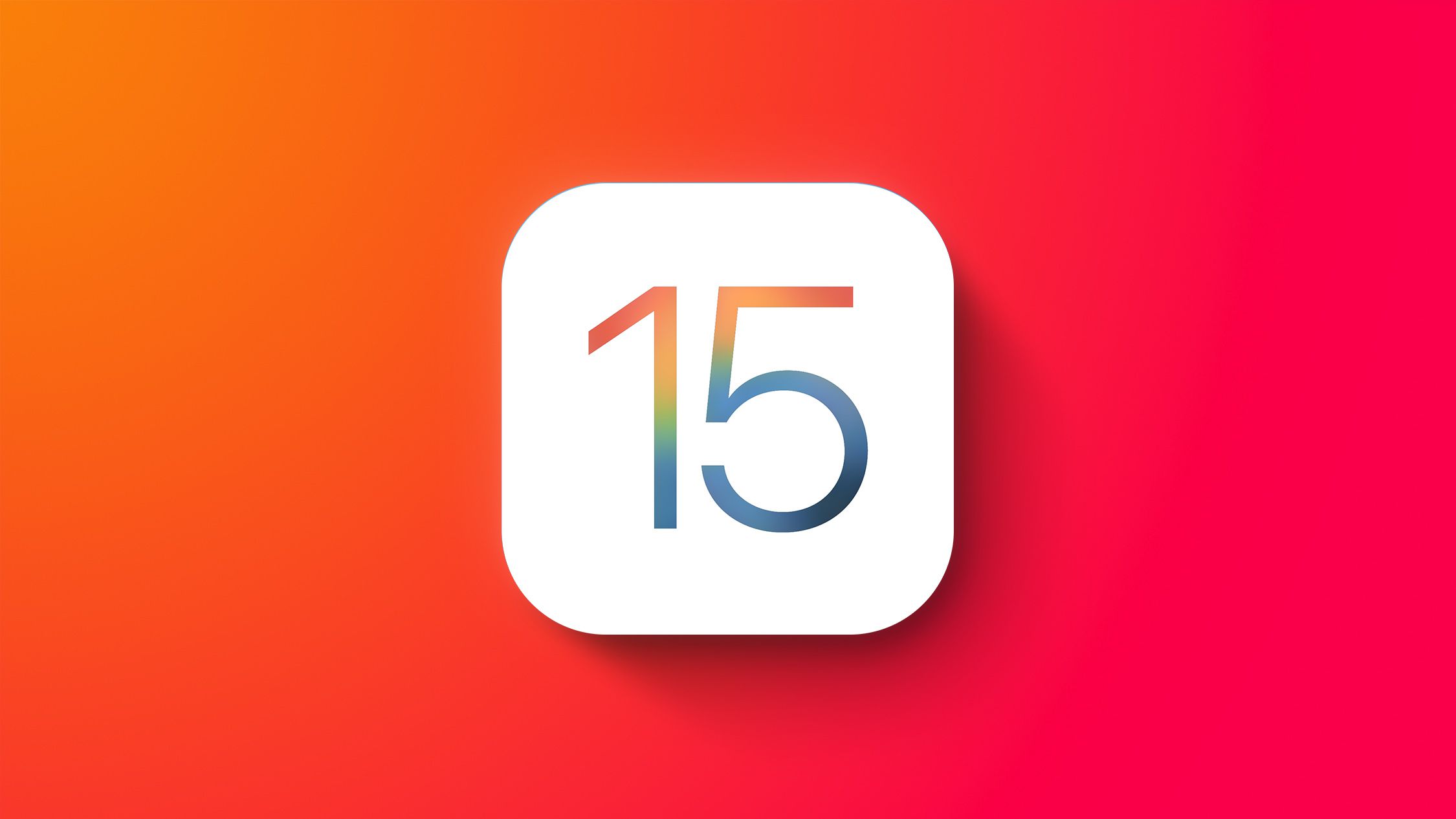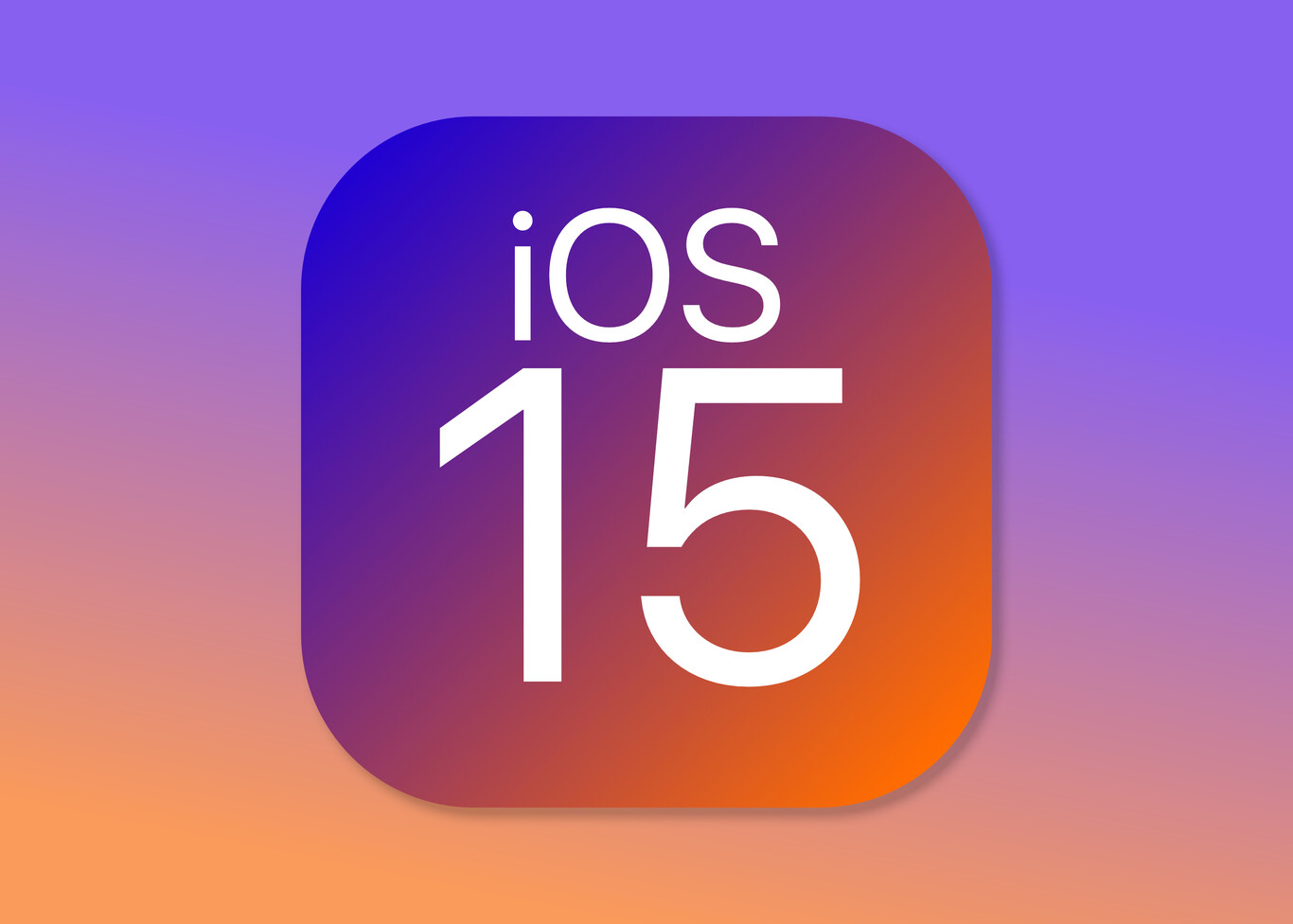After being officially announced during Apple’s Worldwide Developers Conference in June 2021, in-app events (IAEs) quickly became one of the most intriguing and highly anticipated new features to come to the App Store. IAEs became available a month after the launch of iOS 15 in October 2021, and since then, developers have been using in-app events to reach new users, re-engage current users, and promote new app content and events like never before.
In this blog, we will discuss:
- Strategies to create iOS 15 in-app events
- Best practices to compose effective in-app event metadata
- Tools for measuring event performance
How to craft effective in-app event metadata
Once you have the basics of the in-app event planned and have selected the right event badge, you then can begin composing the metadata for the event, including:
- An event name, maximum 30 characters (keywords indexed—meaning your app can rank in search results for these terms)
- A short description, maximum 50 characters (keywords indexed)
- A long description of a maximum 120 characters, which customers will only be able to read if they choose to expand the event card to learn more
- An image or video no longer than 30 seconds, with a poster frame
- Another image or video no longer than 30 seconds for when users expand the card to find out more
When creating effective metadata, many of the best practices follow the same guidelines for the main product page metadata. To ensure a smooth review process and that your events display properly on the App Store, consider these guidelines when creating your in-app event metadata:
- Use proper capitalization and punctuation. Avoid using all capitals and don’t use excessive punctuation marks, such as multiple exclamation points.
- Avoid claims that can’t be verified, such as “the best” or “#1,” as well as extra words, such as “game event.”
- Don’t include specific prices in your metadata, as pricing and currencies can vary across regions and can be changed independent of your event. Including specific pricing will lead to rejection by App Store Review.
- When possible, avoid using text or logos in your media, especially if they include your event name or app name.
- Consider using video in order to provide users with a more dynamic preview of your event.
- Don’t add borders or gradients to your media. Crops and gradients are automatically applied to your media in order to ensure consistency across the App Store.
- Aim to create visual continuity across your event card and event details page by using similar colors or illustration styles.
- Make sure your metadata only includes content that you created or have a license to use.
One example of effective in-app event metadata can be seen in Peacock TV’s recent IAE for the premiere of its new series, Bel-Air:

According to Apple, the event card will typically only appear in search results for users who have previously downloaded the app, while the default screenshots will show for those who haven’t. When users search for an event directly (using keywords found in the event title/short description), the event card will then appear along with the app.
Measuring Event Performance
After your events have been published on the App Store, you will be able to find many important metrics in the App Analytics page of App Store Connect that allow you to measure your event’s effectiveness. These include impressions, where users saw your event, new downloads and redownloads, and retention as a result of your event.
When measuring your app performance, it is important to first identify your event purpose. The event purpose field within the Event Details page in App Store Connect is where you can indicate whether your in-app event is meant to attract new users, keep your active users informed, or bring lapsed users back to your app. Your event purpose will also help you determine the most important KPIs to monitor for each individual event.
For example, if your selected event purpose is to attract new users, the KPIs you may be most interested in include:
- Impressions
- New downloads
- Day 1 retention
Meanwhile, if the event purpose is to keep active users informed, you may want to look at:
- Daily active devices
- Longer-term retention
Finally, if your intended purpose is to bring lapsed users back to your app, the most important metrics may be:
- Total re-downloads
- Re-engagement
Apple has also added a new dashboard in App Analytics to help developers monitor their in-app events. There, you will be able to see a list of your events and key metrics for each, such as impressions, downloads, number of users who opted-in for notifications, the event opens, source type, and more to help you measure performance and plan for future events.
Overall, Apple’s in-app events (IAEs) are one of the most exciting new features to come with iOS 15. Following this guide will help you understand some strategies and best practices behind creating IAEs, composing effective in-app event metadata, and measuring event performance.
By Ian Pernia, Senior ASO Expert
Apptweak


